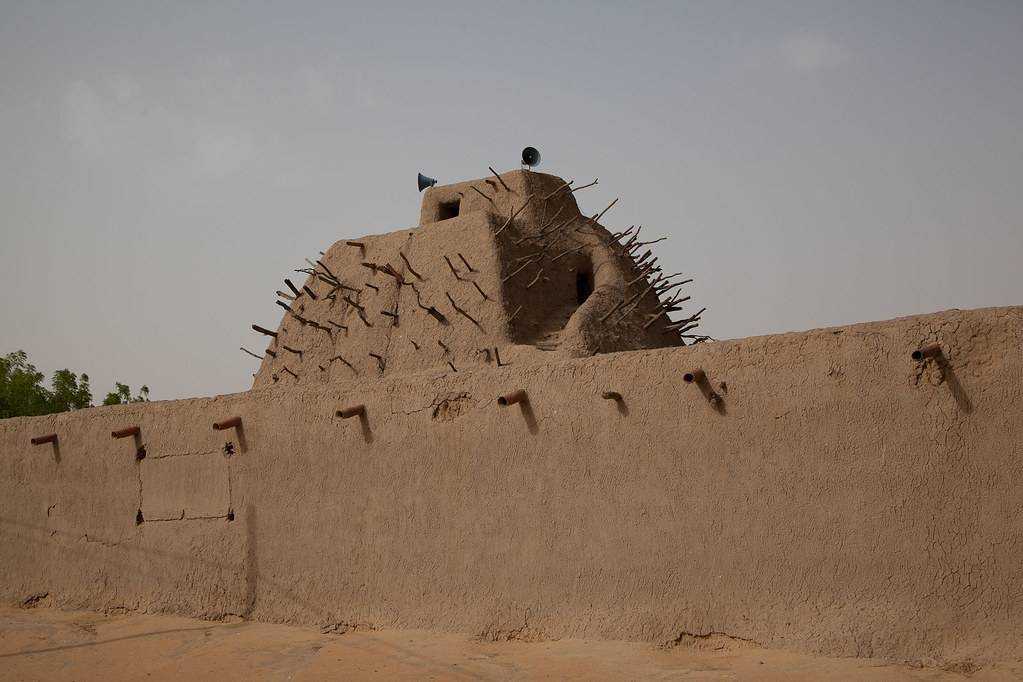The Tomb of Askia, a UNESCO World Heritage site, is a magnificent historical monument located in Gao, Mali. This 17-meter tall pyramidal structure is a testament to the power and influence of the Songhai Empire, one of the largest African empires in history. The tomb is a symbol of the cultural, architectural, and historical richness of the region, beckoning history enthusiasts from around the globe.
Songhai Empire
The Songhai Empire was a state that dominated West Africa during the 15th and 16th centuries. It is one of the largest African empires in history. The empire of Songhai extended across the bend of the Niger River, including parts of present-day Mali, Niger, and Nigeria. Gao was the empire’s capital, a bustling hub along vital trans-Saharan trade routes. These trade routes allowed the empire to prosper from commerce, especially the trade of salt, gold, and other precious goods. The Songhai were known for their military prowess and their influential leaders, like Sunni Ali and Askia Muhammad, who expanded their territories and centralized their government.
The Songhai Empire was not only a political and economic force but also a center for Islamic learning and culture. Timbuktu, under Songhai control, flourished as a city of scholars, with famous universities and mosques that attracted students and intellectuals from many parts of the Muslim world. The Songhai were also skilled farmers and ironworkers, contributing to the empire’s wealth and stability. As with many great empires, internal strife and external threats eventually led to the Songhai Empire’s decline. However, the legacy of the Songhai continues to be felt today. Their advancements in governance, education, and trade left an indelible mark on the history of West Africa. Their achievements have been celebrated in literature, songs, and oral traditions across the continent.

